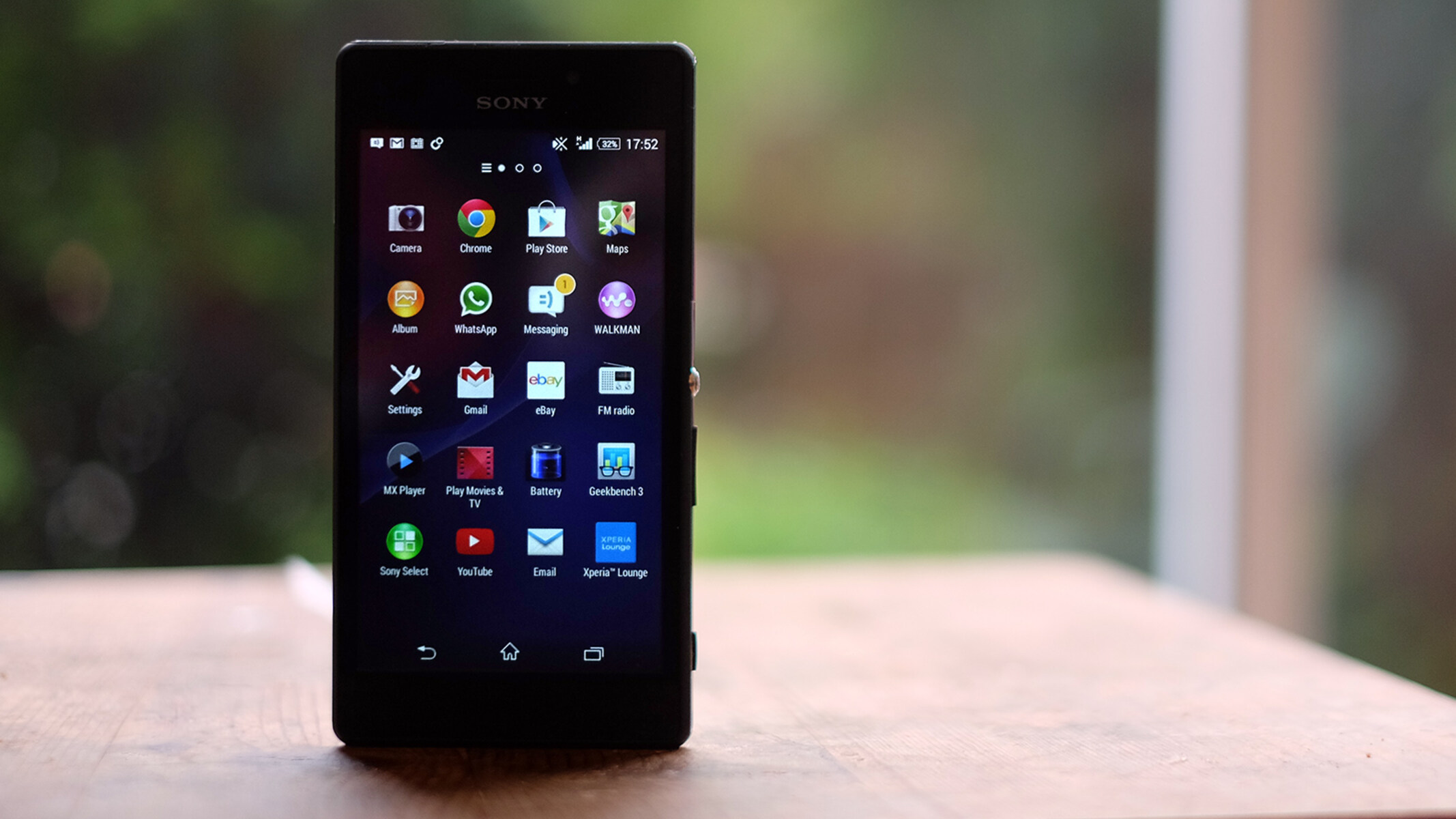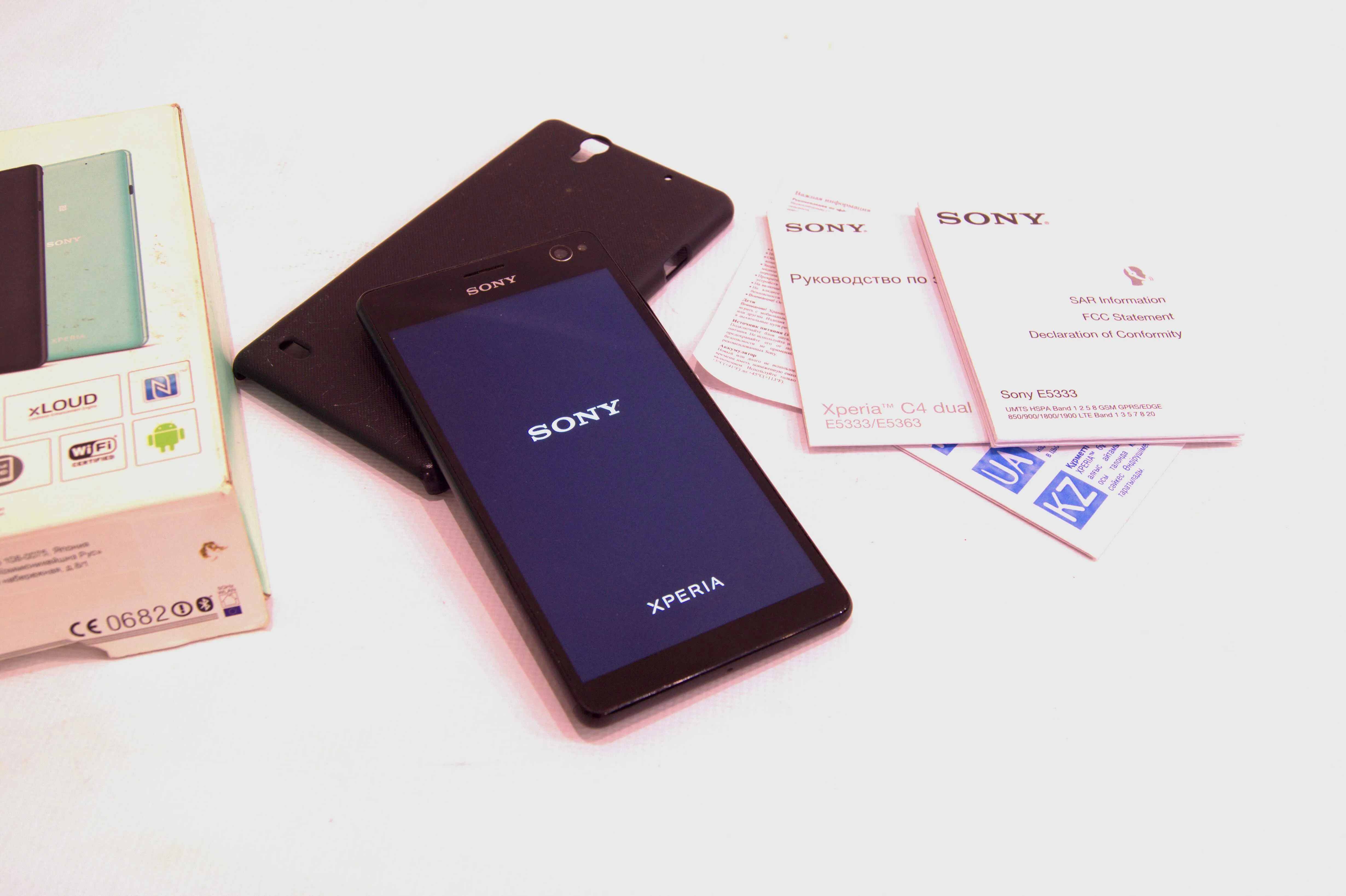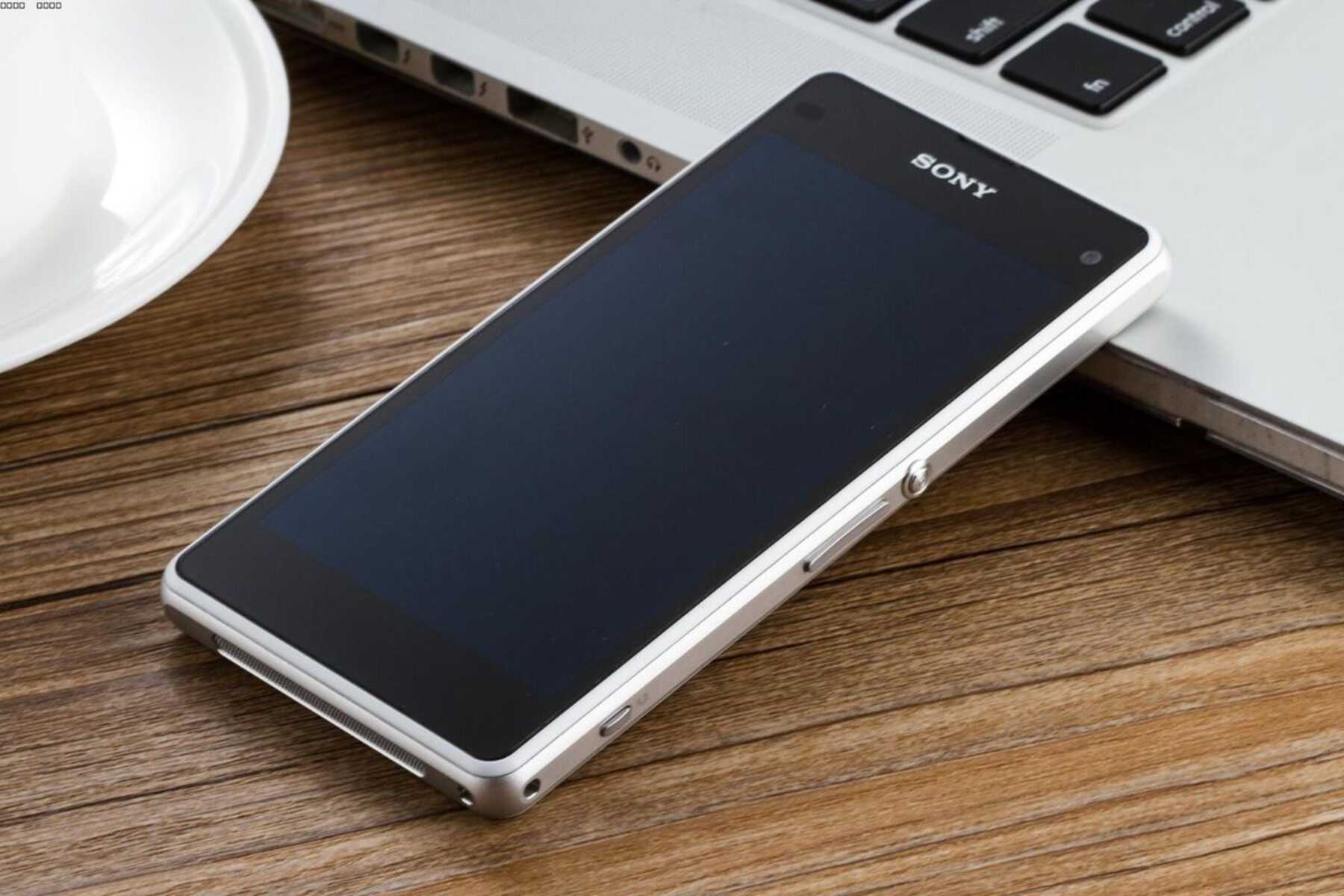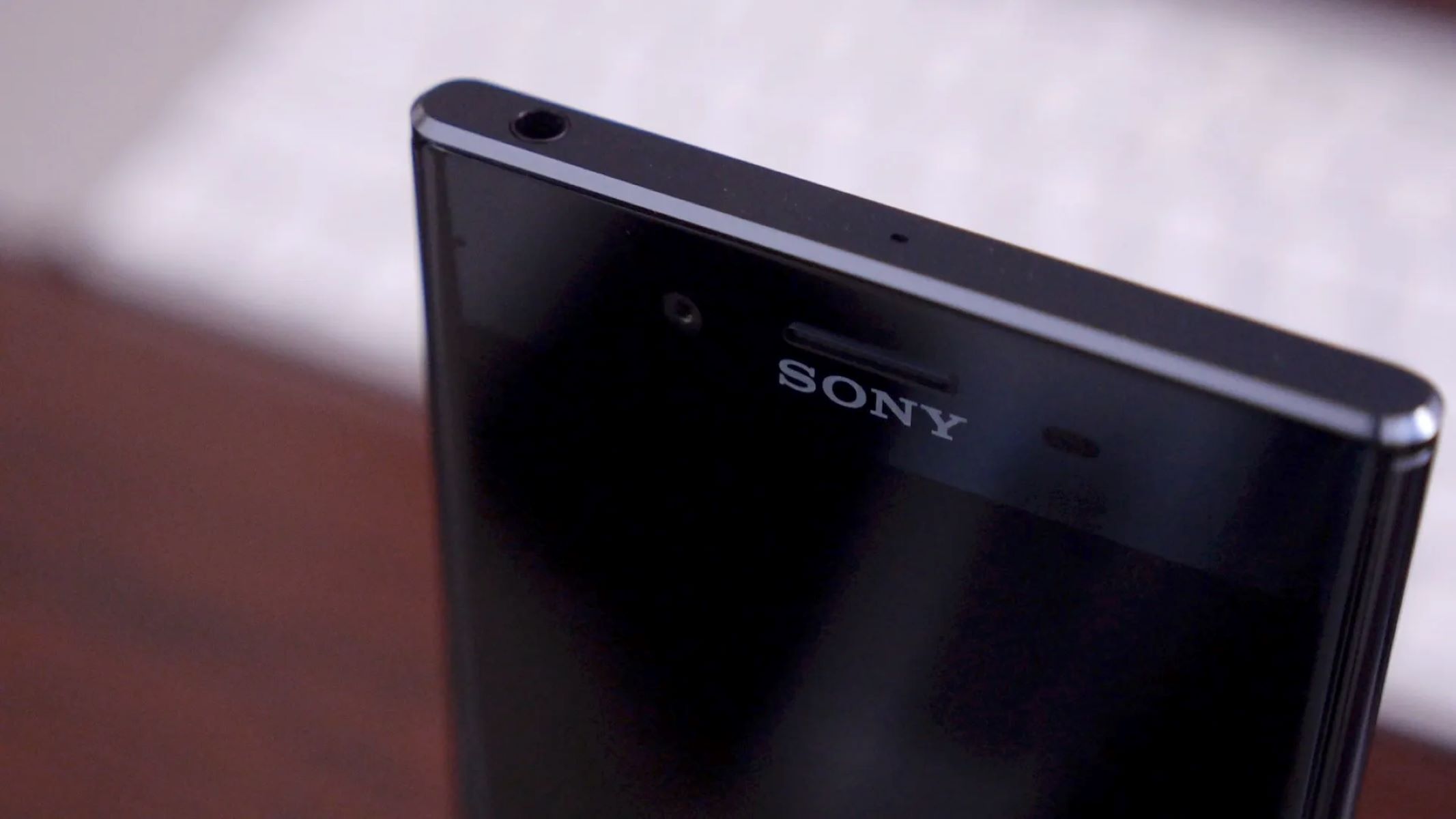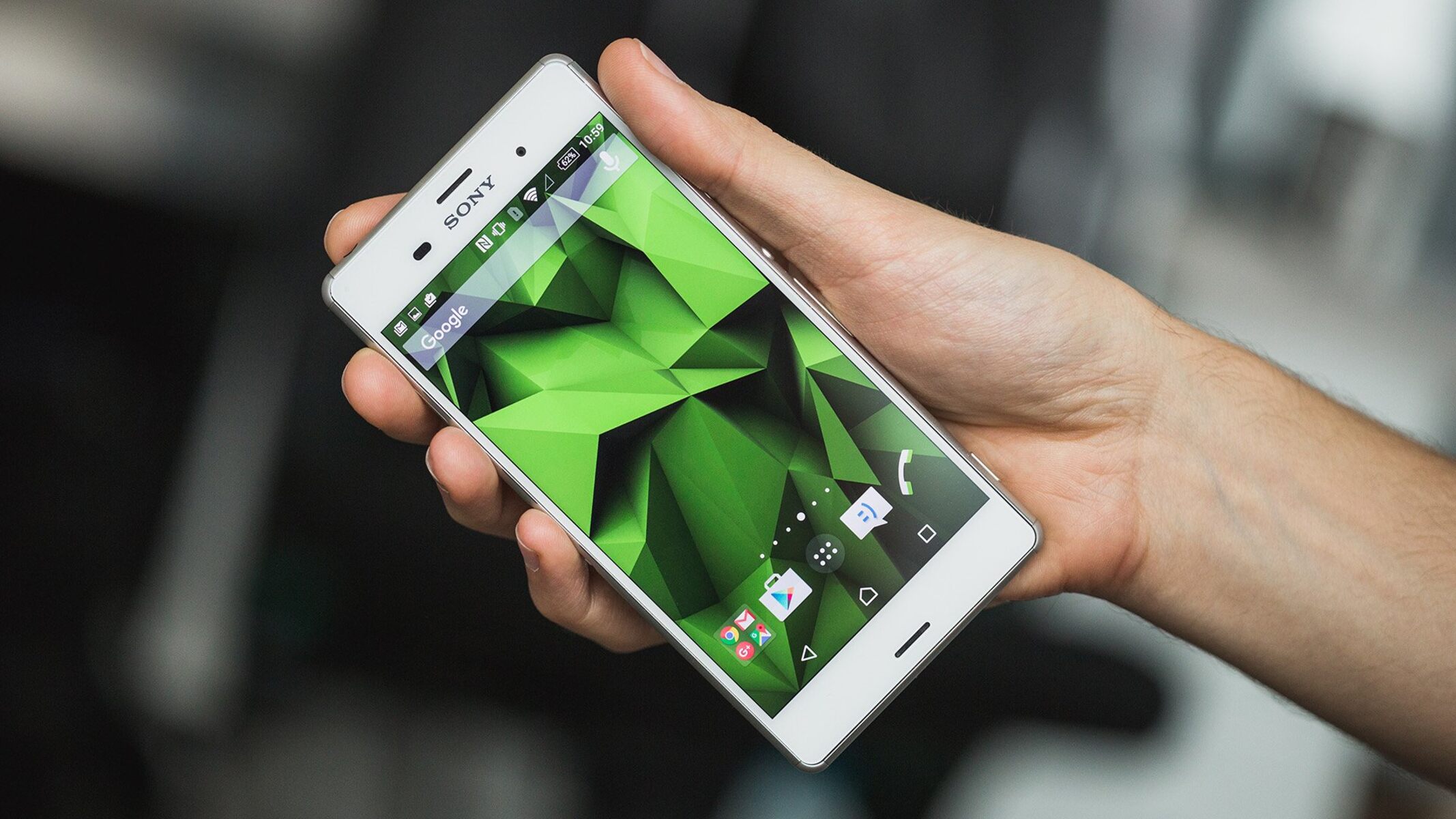Introduction
Entering Recovery Mode on your Xperia M2 Dual can be a crucial troubleshooting step when dealing with software issues or performing system updates. This specialized mode provides a gateway to various maintenance and diagnostic features that can help resolve common problems and optimize the device's performance. Whether you're a tech enthusiast or a casual user, understanding how to access Recovery Mode is a valuable skill that can empower you to take control of your device's functionality.
In the following sections, we will delve into the significance of Recovery Mode, explore the reasons for entering it on your Xperia M2 Dual, and provide a comprehensive guide on how to access this mode. Additionally, we will equip you with troubleshooting tips to address any potential challenges you may encounter during the process. By the end of this article, you will have a clear understanding of the benefits of Recovery Mode and the confidence to navigate through it seamlessly.
Let's embark on this journey to uncover the hidden potential of your Xperia M2 Dual and harness the power of Recovery Mode to overcome software glitches and enhance the overall user experience.
What is Recovery Mode?
Recovery Mode is a specialized bootable partition on Android devices, including the Xperia M2 Dual, designed to provide a range of powerful tools for system maintenance, troubleshooting, and recovery. When your device encounters software-related issues or requires critical maintenance, Recovery Mode serves as a lifeline, offering a secure environment to perform essential tasks that are not accessible in the standard operating mode.
In this mode, the device's primary operating system is bypassed, allowing users to execute various operations to address software glitches, install system updates, perform factory resets, and even install custom firmware. This unique environment is essential for resolving persistent software issues that may hinder the device's performance and stability.
One of the key features of Recovery Mode is its ability to perform a factory reset, which can be instrumental in resolving severe software malfunctions or preparing the device for a fresh start. Additionally, it enables users to clear the device's cache partition, which can help eliminate temporary system files and potentially improve the device's responsiveness and stability.
Moreover, Recovery Mode facilitates the installation of official system updates and custom firmware, empowering users to optimize their device's performance and access new features. This capability is particularly valuable for tech-savvy users who seek to customize their device's software or stay up to date with the latest system enhancements.
Furthermore, Recovery Mode serves as a gateway to the Android Debug Bridge (ADB), a powerful command-line tool that allows advanced users to interact with their device's operating system at a low level. This feature is particularly useful for developers and enthusiasts who require precise control over their device's software and seek to diagnose intricate software issues.
In essence, Recovery Mode is a vital component of the Android operating system, offering a suite of powerful tools and functionalities that are essential for maintaining, troubleshooting, and optimizing the Xperia M2 Dual and other Android devices. By understanding the significance of Recovery Mode, users can harness its potential to overcome software challenges and ensure the smooth operation of their devices.
Why Enter Recovery Mode on Xperia M2 Dual?
Entering Recovery Mode on your Xperia M2 Dual can be a pivotal step in addressing a myriad of software-related challenges and optimizing the device's performance. This specialized mode offers a range of powerful tools and functionalities that are instrumental in troubleshooting, maintaining, and enhancing the overall user experience. Let's delve into the compelling reasons for entering Recovery Mode on your Xperia M2 Dual:
-
Troubleshooting Software Issues: Recovery Mode provides a secure environment to troubleshoot and resolve software glitches that may impede the device's functionality. Whether you encounter persistent app crashes, system freezes, or unresponsive behavior, Recovery Mode equips you with the tools to diagnose and address these issues effectively.
-
Performing a Factory Reset: In scenarios where the device exhibits persistent software malfunctions or sluggish performance, performing a factory reset via Recovery Mode can be a transformative solution. This process restores the device to its original state, effectively erasing all user data and installed apps, thereby eliminating software conflicts and restoring the device to optimal performance.
-
Installing System Updates: Accessing Recovery Mode enables users to install official system updates provided by the device manufacturer. This ensures that the device remains up to date with the latest software enhancements, security patches, and performance optimizations, thereby enhancing the overall user experience and device stability.
-
Clearing the Cache Partition: Over time, temporary system files and cached data can accumulate on the device, potentially impacting its responsiveness and performance. Recovery Mode allows users to clear the cache partition, effectively purging unnecessary data and optimizing the device's operation.
-
Installing Custom Firmware: For advanced users and enthusiasts, Recovery Mode offers the capability to install custom firmware, enabling a high degree of customization and access to additional features not available in the stock firmware. This empowers users to tailor their device's software to their preferences and explore a wide range of customization options.
-
Diagnosing Software Issues with ADB: Recovery Mode facilitates the use of the Android Debug Bridge (ADB), a powerful command-line tool that allows advanced users to diagnose and interact with the device's operating system at a low level. This feature is invaluable for developers and enthusiasts seeking to troubleshoot intricate software issues and gain precise control over their device's software environment.
In essence, entering Recovery Mode on your Xperia M2 Dual unlocks a wealth of capabilities that are essential for troubleshooting software issues, optimizing performance, and customizing the device's software. By leveraging the tools and functionalities offered in Recovery Mode, users can overcome software challenges and ensure the smooth operation of their Xperia M2 Dual.
How to Enter Recovery Mode on Xperia M2 Dual
Entering Recovery Mode on your Xperia M2 Dual is a straightforward process that empowers you to access a suite of powerful tools and functionalities for troubleshooting, maintenance, and optimization. Whether you're seeking to resolve software issues, perform a factory reset, install system updates, or customize your device's firmware, mastering the art of entering Recovery Mode is essential. Here's a comprehensive guide to seamlessly access Recovery Mode on your Xperia M2 Dual:
-
Power Off the Device: Begin by ensuring that your Xperia M2 Dual is powered off. Press and hold the power button until the power-off menu appears, then select "Power off" to shut down the device completely.
-
Prepare the Hardware Keys: To initiate Recovery Mode, you will need to utilize a combination of hardware keys on your Xperia M2 Dual. Familiarize yourself with the location of the volume up and power buttons, as these will be instrumental in accessing Recovery Mode.
-
Press and Hold the Hardware Keys: With the device powered off, press and hold the volume up button while simultaneously pressing and holding the power button. Maintain this combination of key presses for a few seconds, ensuring a firm and steady grip on the buttons.
-
Navigate to Recovery Mode: As you continue to hold the volume up and power buttons, the device will initiate the boot sequence. After a few moments, the Xperia logo will appear on the screen. Once the logo is displayed, release the hardware keys and allow the device to proceed with the boot process.
-
Access Recovery Mode: Upon releasing the hardware keys, your Xperia M2 Dual will seamlessly transition into Recovery Mode, presenting a specialized environment with a range of options for troubleshooting, maintenance, and system modifications.
-
Navigate the Recovery Menu: In Recovery Mode, you can navigate through the menu using the volume up and down buttons to highlight different options. The power button is used to confirm your selection and execute the desired operation.
-
Perform Essential Tasks: Once in Recovery Mode, you can perform a variety of tasks, including clearing the cache partition, performing a factory reset, installing system updates, and even interfacing with the device using the Android Debug Bridge (ADB) for advanced troubleshooting and customization.
By mastering the process of entering Recovery Mode on your Xperia M2 Dual, you gain access to a powerful arsenal of tools and functionalities that are instrumental in maintaining, troubleshooting, and optimizing your device's software environment. Whether you're a tech enthusiast or a casual user, this knowledge empowers you to take control of your device's functionality and overcome software challenges with confidence.
Troubleshooting Tips for Entering Recovery Mode
Mastering the process of entering Recovery Mode on your Xperia M2 Dual is essential for harnessing its powerful capabilities. However, as with any technical procedure, you may encounter challenges along the way. Here are some troubleshooting tips to ensure a seamless entry into Recovery Mode:
-
Ensure Proper Key Combination: When initiating Recovery Mode, it's crucial to press and hold the correct hardware keys simultaneously. Verify that you are firmly pressing the volume up and power buttons in unison, as this key combination is pivotal for accessing Recovery Mode. If you encounter difficulty, try adjusting your grip and applying consistent pressure to the buttons.
-
Timing is Key: Timing plays a crucial role in entering Recovery Mode. After initiating the key combination, it's important to maintain the press for a few seconds before releasing the keys. If the device does not transition into Recovery Mode, consider adjusting the duration of the key press to achieve the optimal timing for a successful entry.
-
Battery Level: Low battery levels can impact the device's ability to initiate Recovery Mode seamlessly. Ensure that your Xperia M2 Dual has an adequate battery charge before attempting to enter Recovery Mode. If the device struggles to boot into Recovery Mode, connect it to a power source and allow it to charge for a brief period before making another attempt.
-
Hardware Integrity: Verify the integrity of the volume up and power buttons on your device. If these hardware components are not functioning properly, it may impede the entry into Recovery Mode. Clean the buttons to remove any debris or residue that may affect their responsiveness, and ensure that they are fully operational before attempting to access Recovery Mode.
-
Try Alternate Methods: In some cases, alternative methods may be available to access Recovery Mode on the Xperia M2 Dual. Research device-specific resources and forums to explore alternative key combinations or software-based methods that can facilitate entry into Recovery Mode if the standard procedure proves challenging.
By applying these troubleshooting tips, you can navigate through potential obstacles and ensure a smooth entry into Recovery Mode on your Xperia M2 Dual. These insights empower you to overcome technical hurdles and leverage the powerful functionalities offered in Recovery Mode to maintain, troubleshoot, and optimize your device's software environment.
Conclusion
In conclusion, mastering the art of entering Recovery Mode on your Xperia M2 Dual unlocks a realm of possibilities for troubleshooting, maintenance, and optimization. This specialized mode serves as a gateway to a suite of powerful tools and functionalities that are instrumental in addressing software challenges, performing critical maintenance tasks, and customizing the device's software environment. By understanding the significance of Recovery Mode and mastering the process of accessing it, users can take control of their device's functionality and ensure a seamless user experience.
Entering Recovery Mode empowers users to troubleshoot and resolve software issues that may hinder the device's performance. Whether it's addressing persistent app crashes, system freezes, or unresponsive behavior, Recovery Mode provides a secure environment to diagnose and rectify these issues effectively. Additionally, the ability to perform a factory reset via Recovery Mode offers a transformative solution for restoring the device to its original state, eliminating software conflicts, and optimizing performance.
Moreover, the capability to install official system updates, clear the cache partition, and even install custom firmware through Recovery Mode enables users to stay up to date with the latest software enhancements, optimize the device's operation, and explore a wide range of customization options. Furthermore, the integration of the Android Debug Bridge (ADB) in Recovery Mode empowers advanced users to diagnose intricate software issues and gain precise control over their device's software environment.
By leveraging the troubleshooting tips provided, users can navigate potential challenges and ensure a seamless entry into Recovery Mode, thereby unlocking its powerful capabilities. Whether it's verifying the proper key combination, optimizing timing, ensuring adequate battery levels, verifying hardware integrity, or exploring alternative methods, these insights equip users to overcome technical hurdles and harness the potential of Recovery Mode effectively.
In essence, the journey to uncover the hidden potential of your Xperia M2 Dual through Recovery Mode is an empowering endeavor. By mastering the process of entering Recovery Mode and leveraging its powerful tools and functionalities, users can navigate through software challenges, optimize performance, and customize their device's software environment with confidence. This knowledge empowers users to take control of their device's functionality and ensure a seamless user experience, ultimately enhancing the overall usability and performance of the Xperia M2 Dual.







